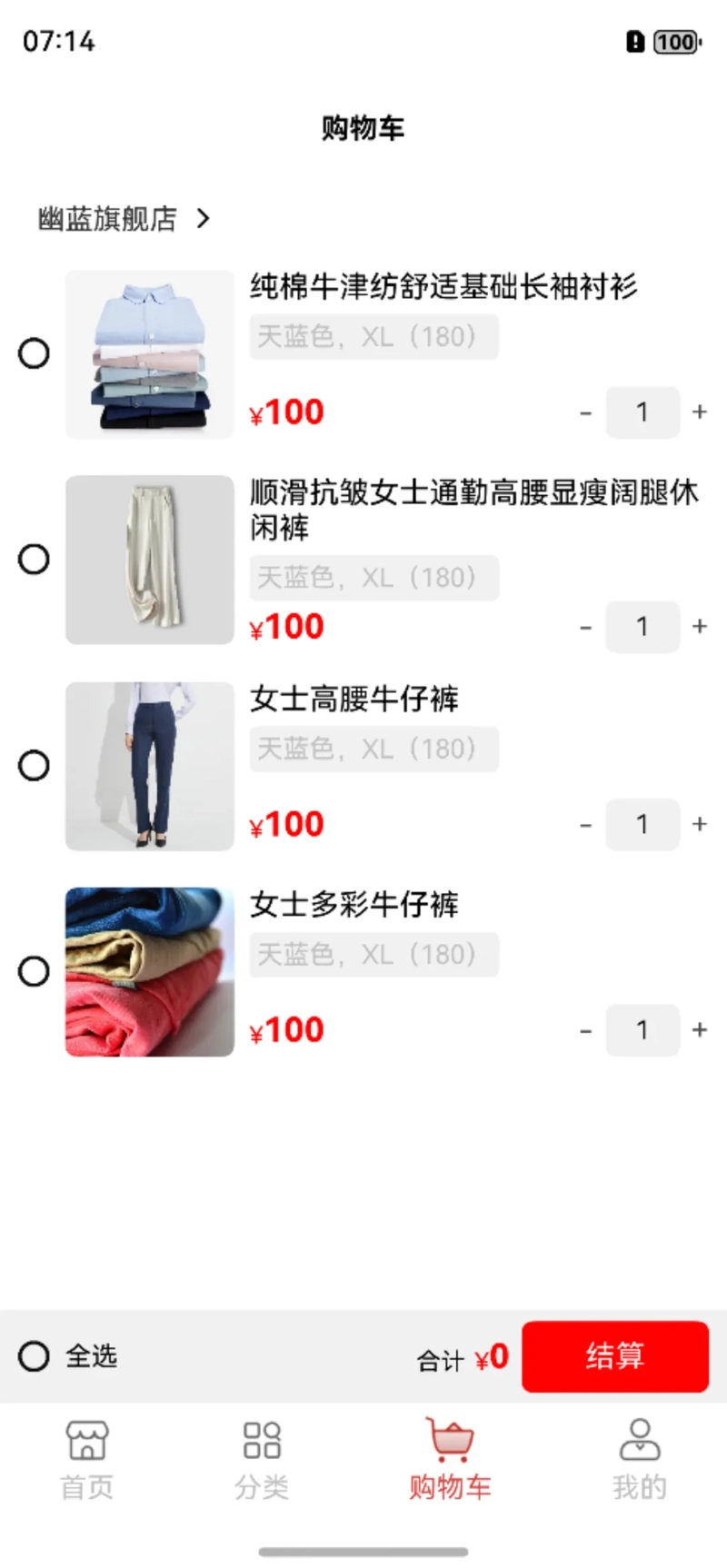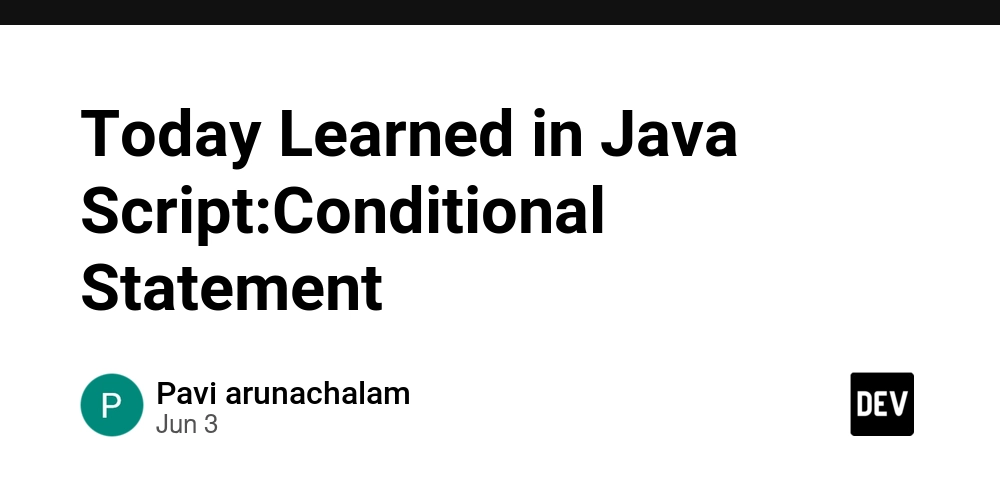AI Hype Fatigue: Why Journalists Are Snoozing on Your Press Release
The AI Gold Rush In 2025, we are in the midst of an AI arms race. Nearly every tech company, along with a growing number of businesses across virtually every sector – from finance, to healthcare, to manufacturing, and more – now claims to be an AI company. As generative AI tools, large language models, […] The post AI Hype Fatigue: Why Journalists Are Snoozing on Your Press Release appeared first on Unite.AI.


The AI Gold Rush
In 2025, we are in the midst of an AI arms race. Nearly every tech company, along with a growing number of businesses across virtually every sector – from finance, to healthcare, to manufacturing, and more – now claims to be an AI company.
As generative AI tools, large language models, and machine learning continue their mainstream march, executives clamor for headlines that spotlight their AI initiatives. Yet despite the influx of press releases and media pitches, most AI vendors find themselves lost in the noise, with scant coverage to show for their efforts.
This is not due to a lack of media interest in AI. In fact, AI is one of the most covered topics in technology journalism today. The problem is volume: an unrelenting torrent of announcements, buzzwords, and rebranded legacy tools that blur the line between innovation and imitation. For journalists, this glut of content poses a real challenge as they struggle to separate the signal from the noise.
A Media Landscape Drowned in “AI”
The media ecosystem has exploded with new media channels, from traditional newspapers and tech blogs to niche newsletters, industry podcasts, and TikTok explainers. Across all these channels, every day brings a fresh wave of AI-related news, including new open-source model releases, research papers, investments, product integrations, and thought leadership articles.
AI is now pervasive across virtually every major sector. In finance, companies are rolling out algorithmic trading systems and fraud-detection engines. In healthcare, AI powers diagnostic imaging, predictive modeling for treatment plans, and drug discovery algorithms. In manufacturing, it drives vision systems for quality control and predictive maintenance tools. In retail, logistics, energy, and education, existing tools are often hastily rebranded as AI-powered, typically based on third-party large language models with minimal proprietary development.
The consequence of this saturation is that journalists are flooded with pitches that all sound the same. When every company claims to be transforming their industry with AI, the novelty wears thin. A vendor announcing they have added a chatbot to their platform no longer attracts meaningful interest.
The result? The two words every company hates to hear from a journalist; “I’ll pass.” Or they simply won’t respond to your pitch. Either way, it’s not great.
Why the Giants Always Grab the Spotlight
Media coverage tends to gravitate toward a familiar group of tech giants. OpenAI, Microsoft, Google, and Meta dominate the headlines not only because of their innovations but because they have the resources to command attention.
These companies enjoy name recognition, make massive investments in research and development, and consistently announce multi-billion-dollar funding rounds and flagship product launches.
Consider a few recent developments. OpenAI secured a forty billion dollar funding round led by SoftBank, as reported by Reuters. Alphabet committed seventy-five billion dollars in capital expenditures for AI infrastructure in 2025, according to Reuters. Since 2019, Microsoft has invested over thirteen billion dollars in OpenAI, as reported by Bloomberg.
These stories naturally draw media attention because they combine scale, relevance, and urgency. Plus, a whole lot of cash. For smaller vendors, breaking into this spotlight without billions in capital or a blockbuster product requires a much different approach.
The Journalist's Hawk-Eye: Skepticism and Proof
The current AI media climate is one of scrutiny. The initial wave of AI euphoria has been tempered by ethical debates, misinformation concerns, and a series of underwhelming product claims. As a result, journalists have become more discerning in how they approach AI stories.
Today’s reporters ask tough questions. They want to know whether a company has developed proprietary AI models or is simply wrapping GPT-4 in a new interface. They demand proof in the form of return on investment, performance metrics, and real-world usage data. They look for customer testimonials, benchmarks, and peer-reviewed research.
Companies offering vague statements such as “we use machine learning to improve operations” are unlikely to receive coverage. Skepticism is the default, especially when vendors fail to substantiate their claims.
The Hype Cycle and Its Discontents
We have entered an era where the term AI is expected to unlock attention and funding across virtually every touchpoint, from pitch decks to press releases. But as the Gartner Hype Cycle has repeatedly demonstrated, overpromising leads to inevitable disillusionment.
Media fatigue is growing. Hyperbolic language like “game-changing” and “revolutionary” often falls flat unless it is backed by measurable impact. Worse still, companies that exaggerate their capabilities risk being ignored or publicly scrutinized.
Experienced communicators understand that credibility matters more than buzz. The most compelling AI narratives combine aspirational goals with clear evidence of execution. They offer not just a vision, but a path to realizing it.
Breaking Through: A PR Playbook for Today’s AI Vendors
For emerging AI vendors, standing out in today’s media environment requires a strategic and substantiated approach. The key is to be specific and journalist-friendly.
A niche focus helps. Rather than making broad claims, vendors should highlight a breakthrough in a defined vertical. For example: demonstrating how an AI solution reduced false positives in fraud detection by a measurable percentage carries more weight than general statements about how AI will bring innovation to fraud and security. Demonstrating impact is vital.
The lifeblood of impact is data. Return on investment figures, performance benchmarks, and customer quotes give journalists the material they need to assess and communicate value.
Third-party validation from analysts or independent experts enhances credibility and visibility. Vendors should also focus on building long-term relationships with journalists by offering access to technical leaders, early product previews, or exclusive insights.
Finally, know what the media audience is looking for in communications. Newsletters benefit from short, timely, data-backed blurbs. Trade publications often require in-depth explainers or written Q&A. Top-tier journalists may require more than one conversation before they quote subject matter experts or write about a product.
In short, vendors must prioritize specificity, credibility, and media alignment in their outreach.
Conclusion: From Volume to Value
In today’s AI gold rush, attention is precious. It is not awarded to the loudest vendor or the one with the flashiest jargon. It goes to those who offer genuine, differentiated impact.
As media scrutiny intensifies, AI vendors must evolve from simply broadcasting their capabilities to demonstrating their outcomes. The good news is that there is still opportunity for smart, well-told stories. The path to headlines in 2025 is not about being louder. It is about being smarter.
The post AI Hype Fatigue: Why Journalists Are Snoozing on Your Press Release appeared first on Unite.AI.






















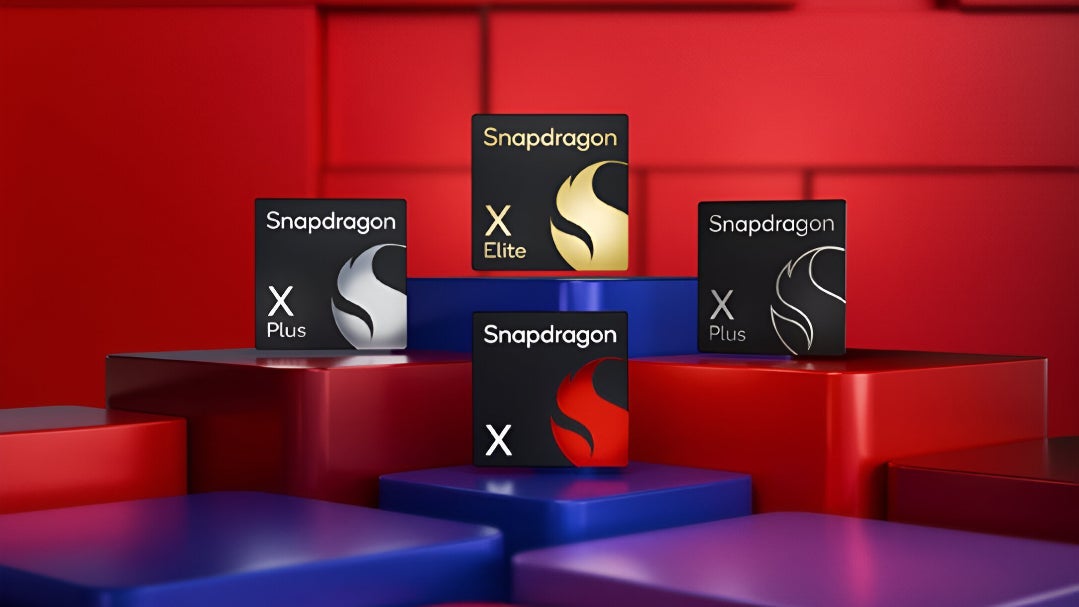























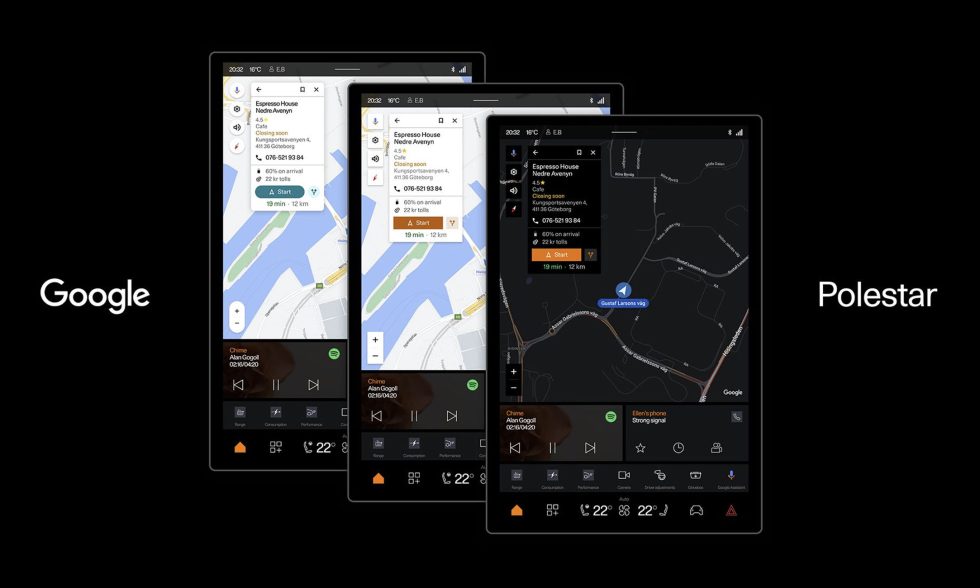
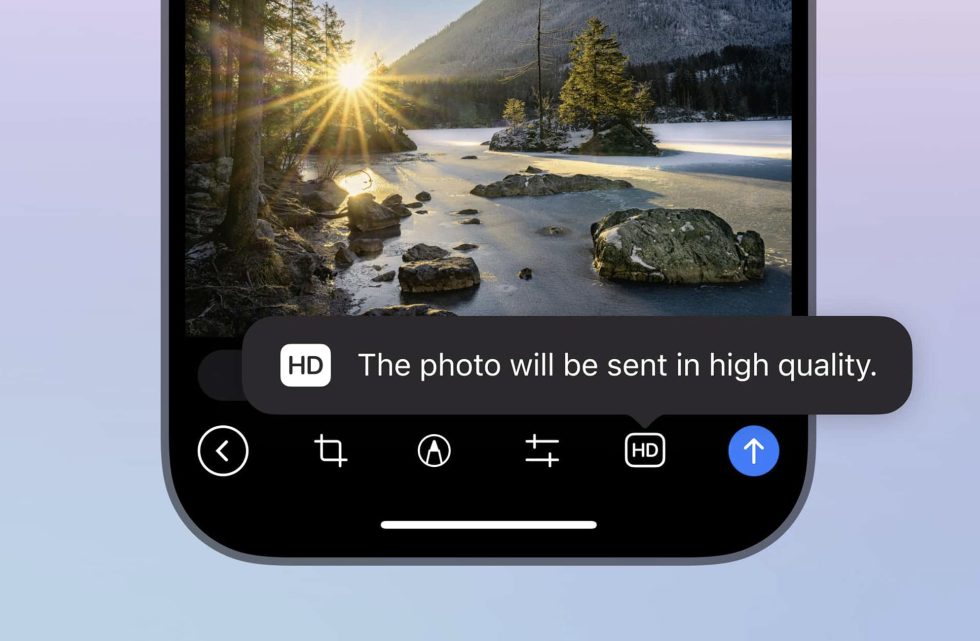
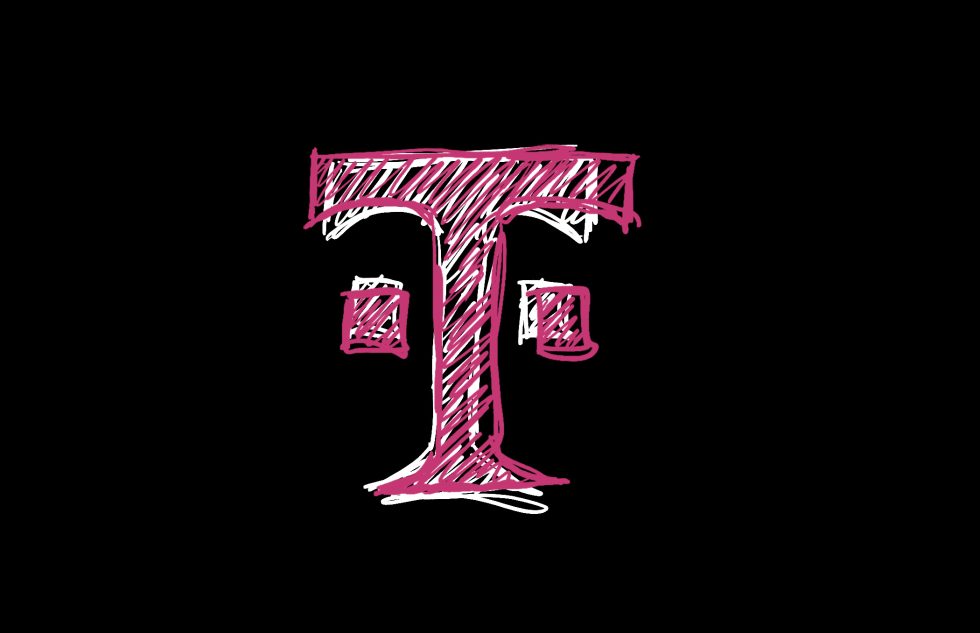







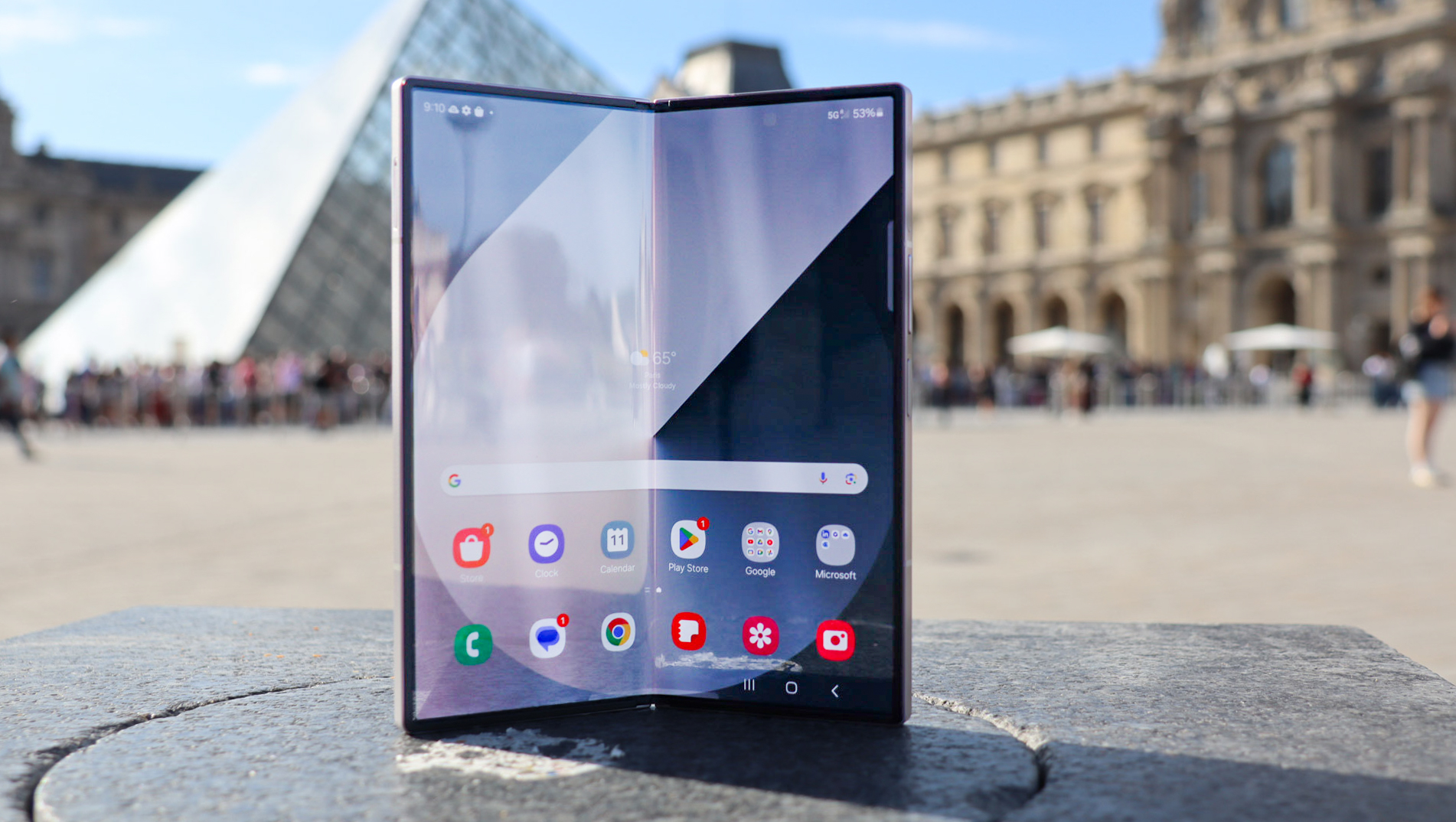













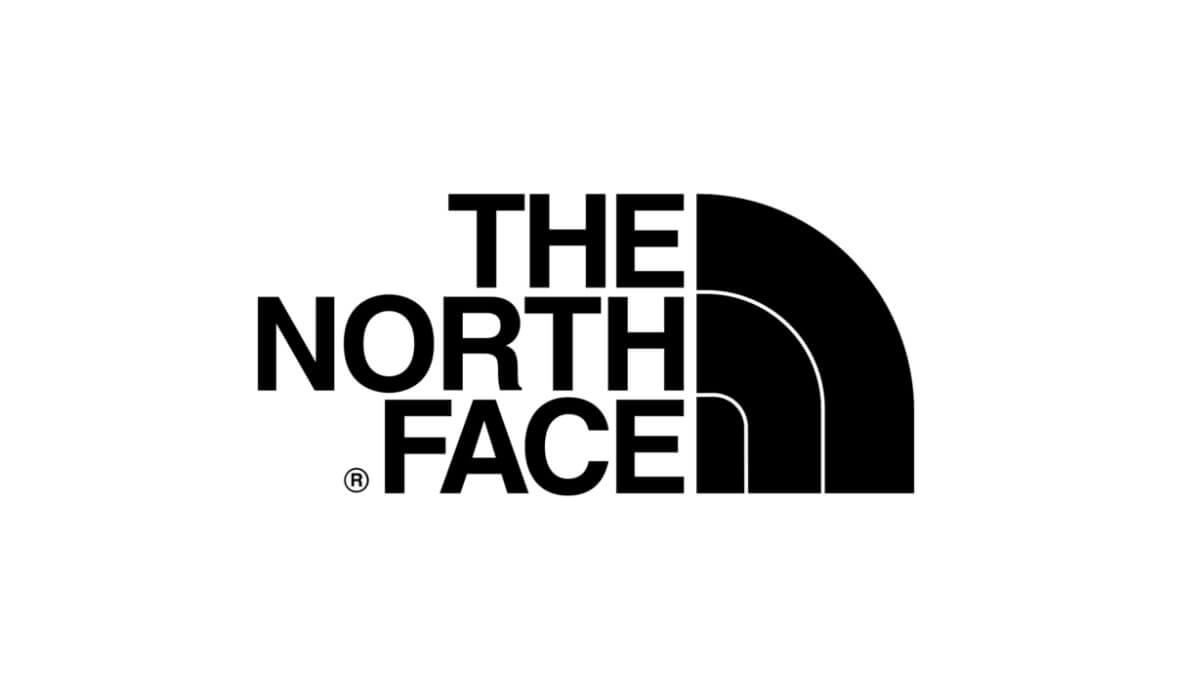




















![Samsung teases Galaxy Z Fold 7 with an absolutely bizarre ‘Ultra experience’ [Video]](https://i0.wp.com/9to5google.com/wp-content/uploads/sites/4/2025/06/galaxy-z-fold-7-teaser-1.jpg?resize=1200%2C628&quality=82&strip=all&ssl=1)
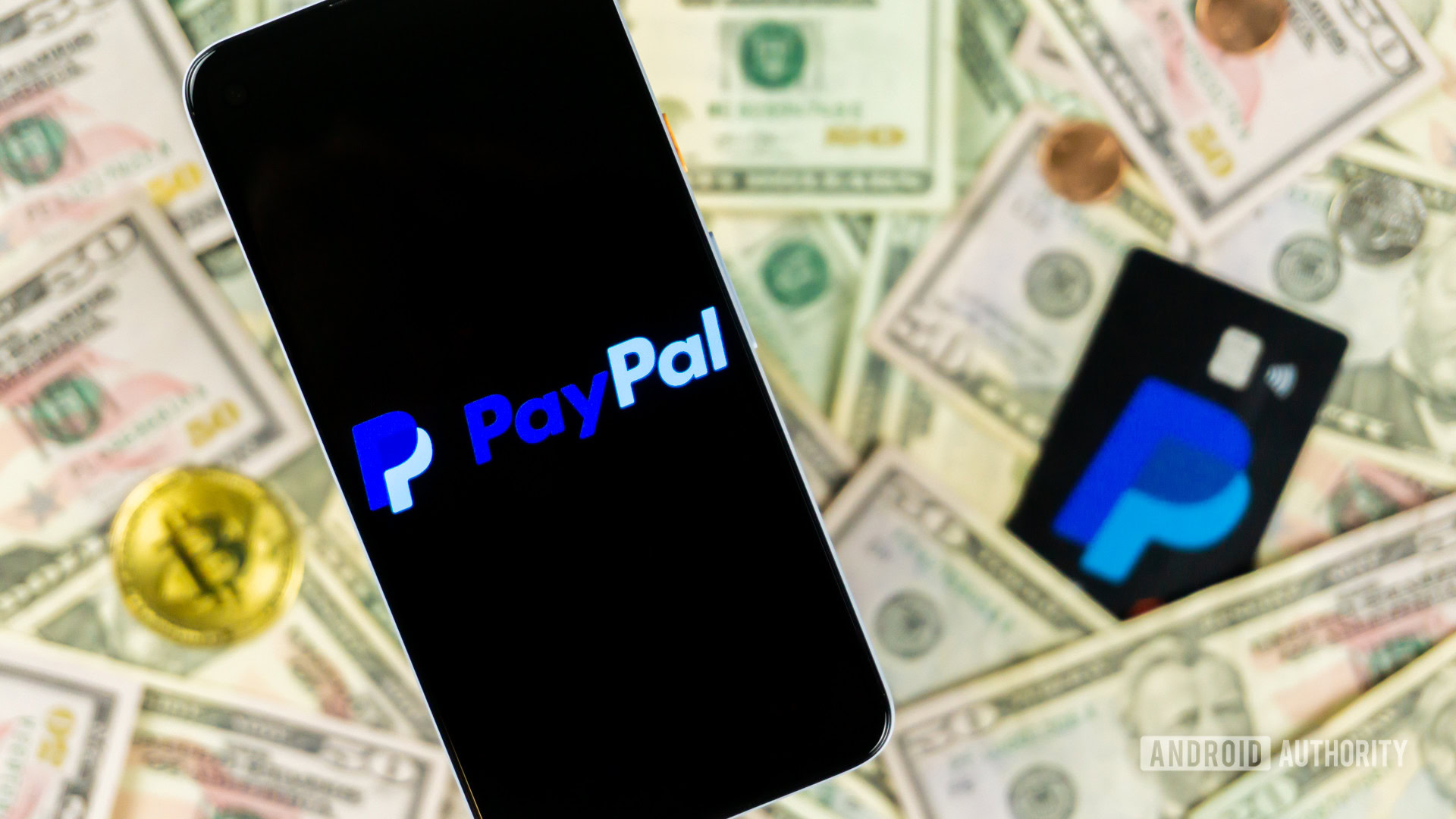





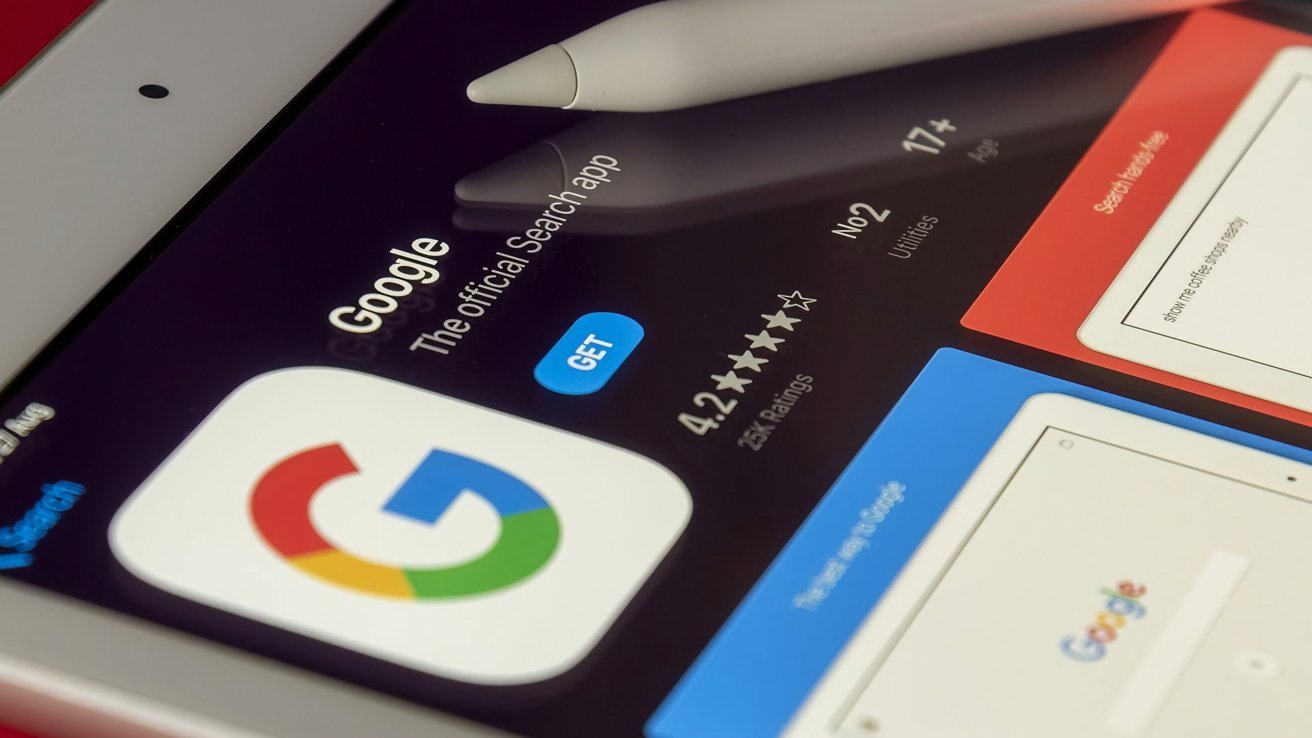





















































































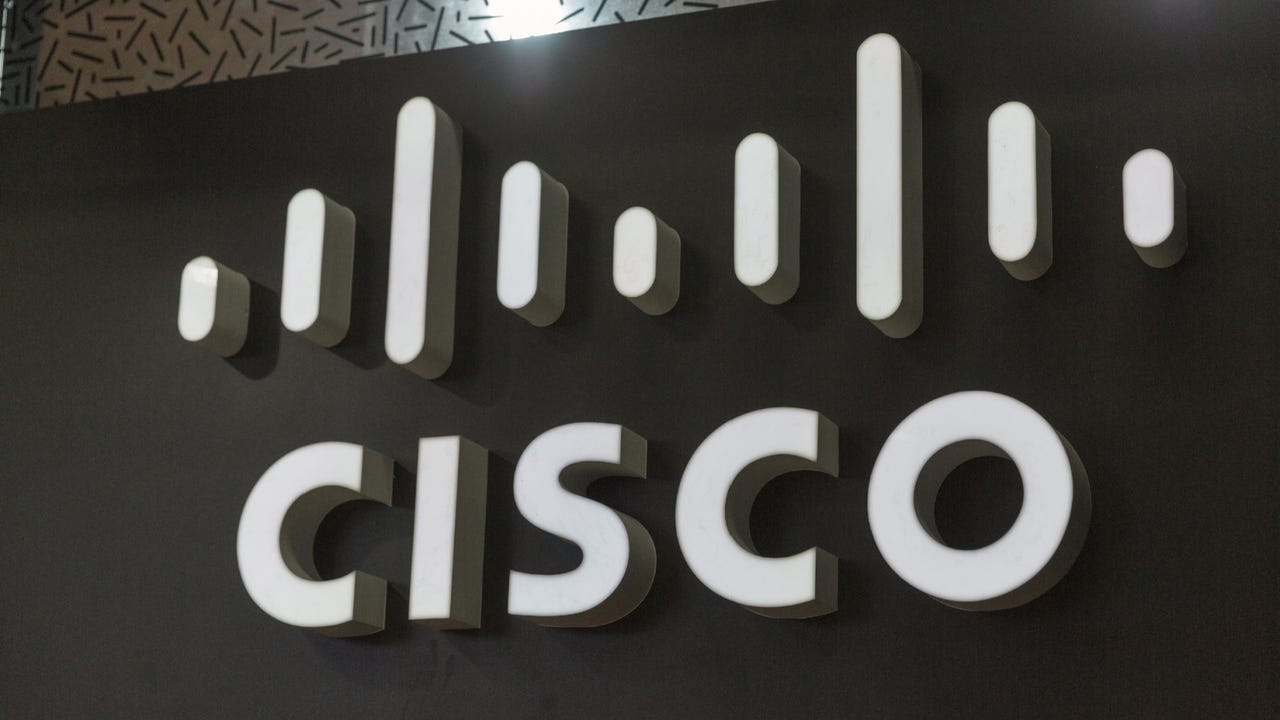

















































































































![[The AI Show Episode 151]: Anthropic CEO: AI Will Destroy 50% of Entry-Level Jobs, Veo 3’s Scary Lifelike Videos, Meta Aims to Fully Automate Ads & Perplexity’s Burning Cash](https://www.marketingaiinstitute.com/hubfs/ep%20151%20cover.png)






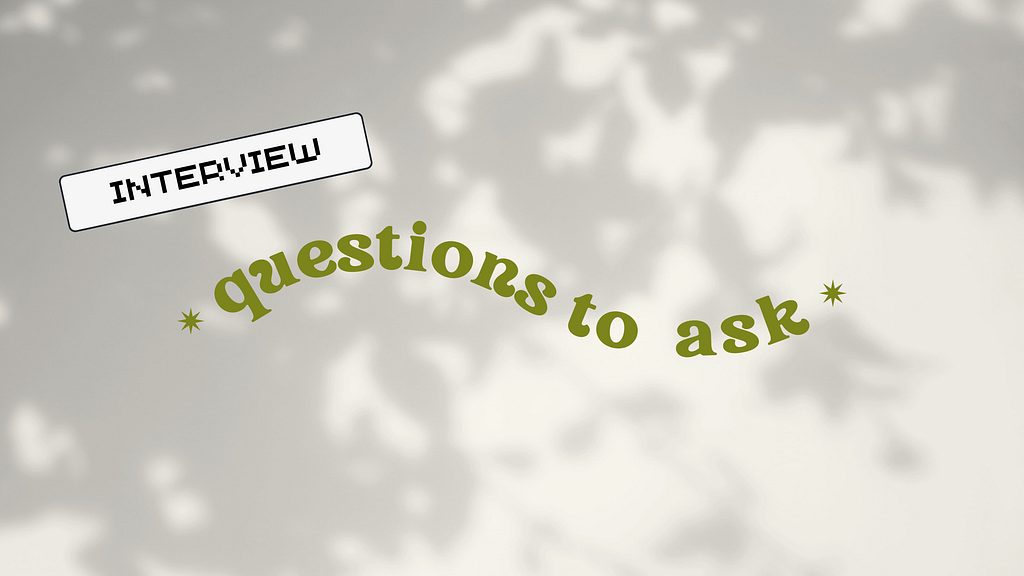




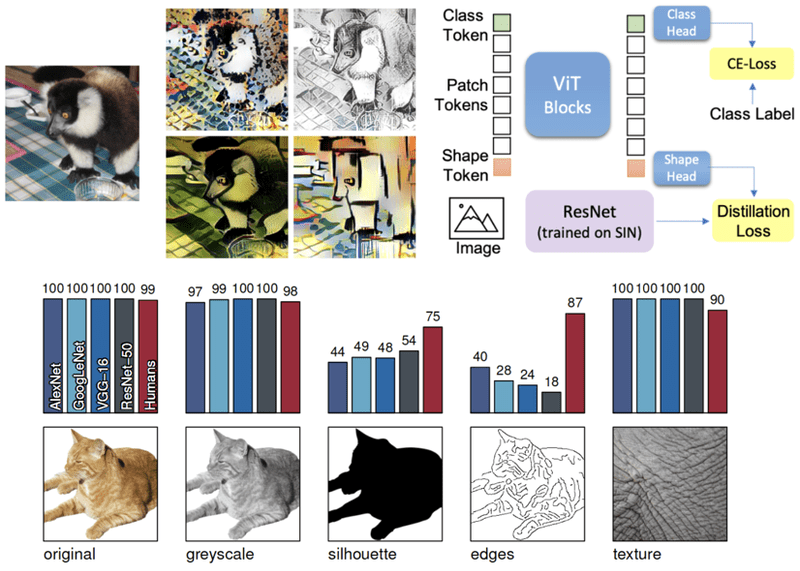




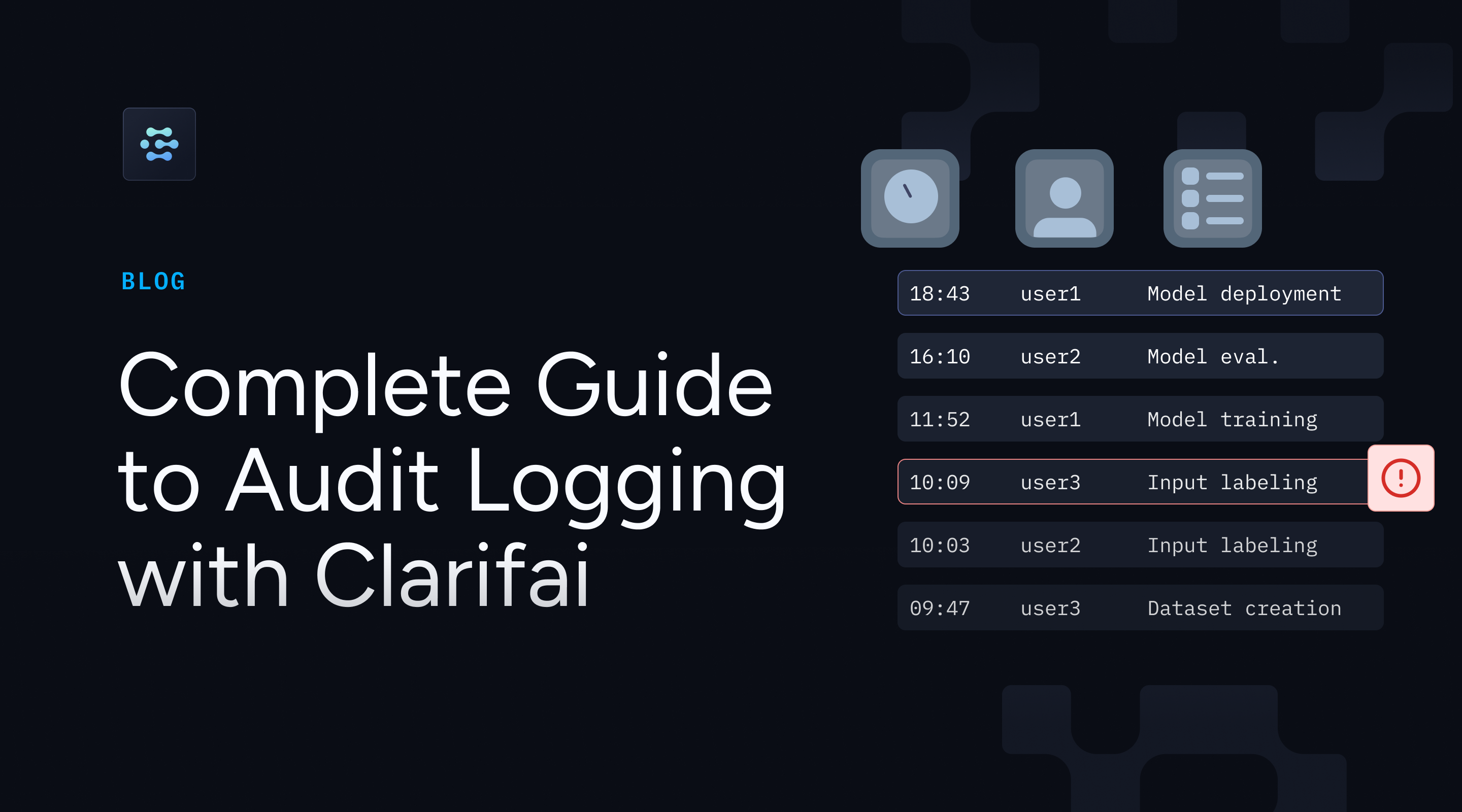



















































































































![Z buffer problem in a 2.5D engine similar to monument valley [closed]](https://i.sstatic.net/OlHwug81.jpg)



















